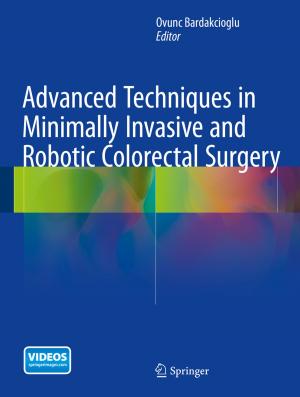Handbook of Pathology and Pathophysiology of Cardiovascular Disease
Nonfiction, Health & Well Being, Medical, Specialties, Pathology, Internal Medicine, Cardiology| Author: | Stephen M. Factor, Maria A. Lamberti-Abadi, Jacobo Abadi | ISBN: | 9780306475757 |
| Publisher: | Springer US | Publication: | April 11, 2006 |
| Imprint: | Springer | Language: | English |
| Author: | Stephen M. Factor, Maria A. Lamberti-Abadi, Jacobo Abadi |
| ISBN: | 9780306475757 |
| Publisher: | Springer US |
| Publication: | April 11, 2006 |
| Imprint: | Springer |
| Language: | English |
Autopsy derives from the greek word autopsia, which means act of seeing with one’s own eyes. It remains the most objective and accurate method to understand human. disease. Unfortunately, the volume of autopsies in teaching hospitals has decreased dramatically over the past years. The crucial factors that account for this are the recent progress and development of new technologies, especially in diagnostic imaging, immunology, cell biology and genetics. Additionally, the perpetual fear of legal liability by physicians accounts for its further decline. Consequently, physicians and medical students are engaged in fewer autopsies and are not reaping the rich educational rewards that accompany these examinations. The purpose of the autopsy is not only to establish the cause of death, but also to determine the nature and course of the disease process. Our goal with this book is to emphasize the importance of the post-mortem exam and the correlation between pathologic material and clinical data by analyzing actual cases with problem-based methodology. The focus of this handbook is on cardiovascular disease, and when appropriate, other disease categories are included if they have an impact on cardiovascular function. The approach is more than the usual clinico-pathological correlation. Rather, we attempt to present the material from the perspective of the autopsy table. We use the clinical data as the initial framework and the autopsy findings to develop a true understanding of the disease and the associated pathophysiology of the condition.
Autopsy derives from the greek word autopsia, which means act of seeing with one’s own eyes. It remains the most objective and accurate method to understand human. disease. Unfortunately, the volume of autopsies in teaching hospitals has decreased dramatically over the past years. The crucial factors that account for this are the recent progress and development of new technologies, especially in diagnostic imaging, immunology, cell biology and genetics. Additionally, the perpetual fear of legal liability by physicians accounts for its further decline. Consequently, physicians and medical students are engaged in fewer autopsies and are not reaping the rich educational rewards that accompany these examinations. The purpose of the autopsy is not only to establish the cause of death, but also to determine the nature and course of the disease process. Our goal with this book is to emphasize the importance of the post-mortem exam and the correlation between pathologic material and clinical data by analyzing actual cases with problem-based methodology. The focus of this handbook is on cardiovascular disease, and when appropriate, other disease categories are included if they have an impact on cardiovascular function. The approach is more than the usual clinico-pathological correlation. Rather, we attempt to present the material from the perspective of the autopsy table. We use the clinical data as the initial framework and the autopsy findings to develop a true understanding of the disease and the associated pathophysiology of the condition.















